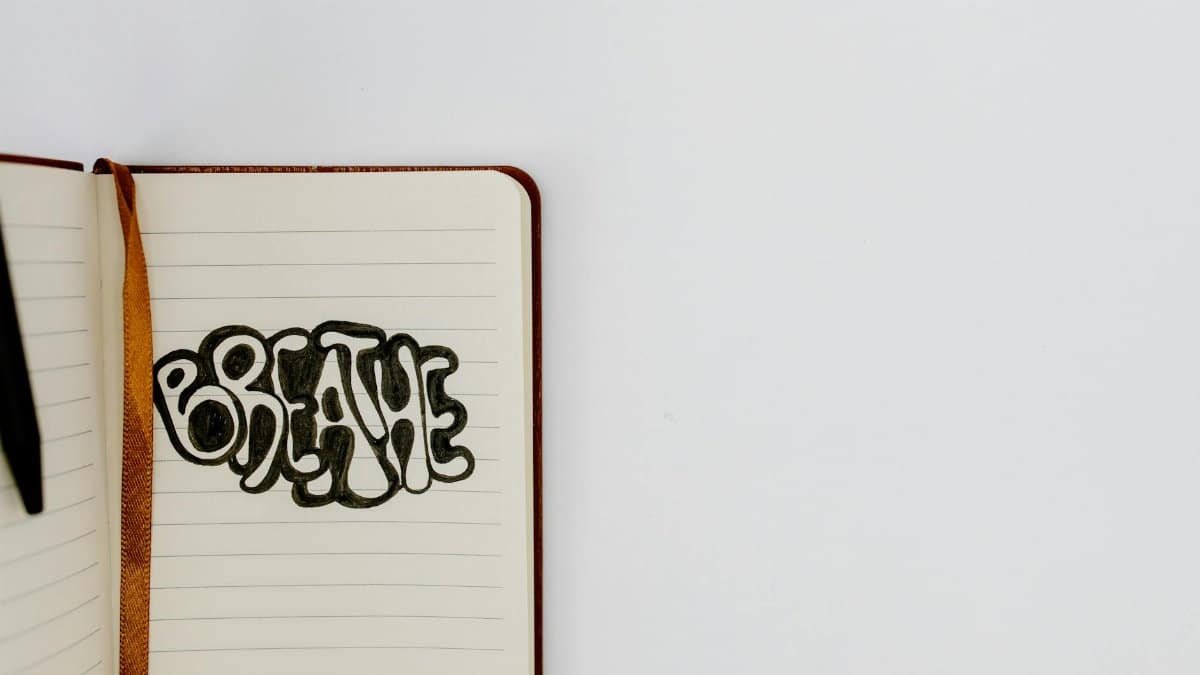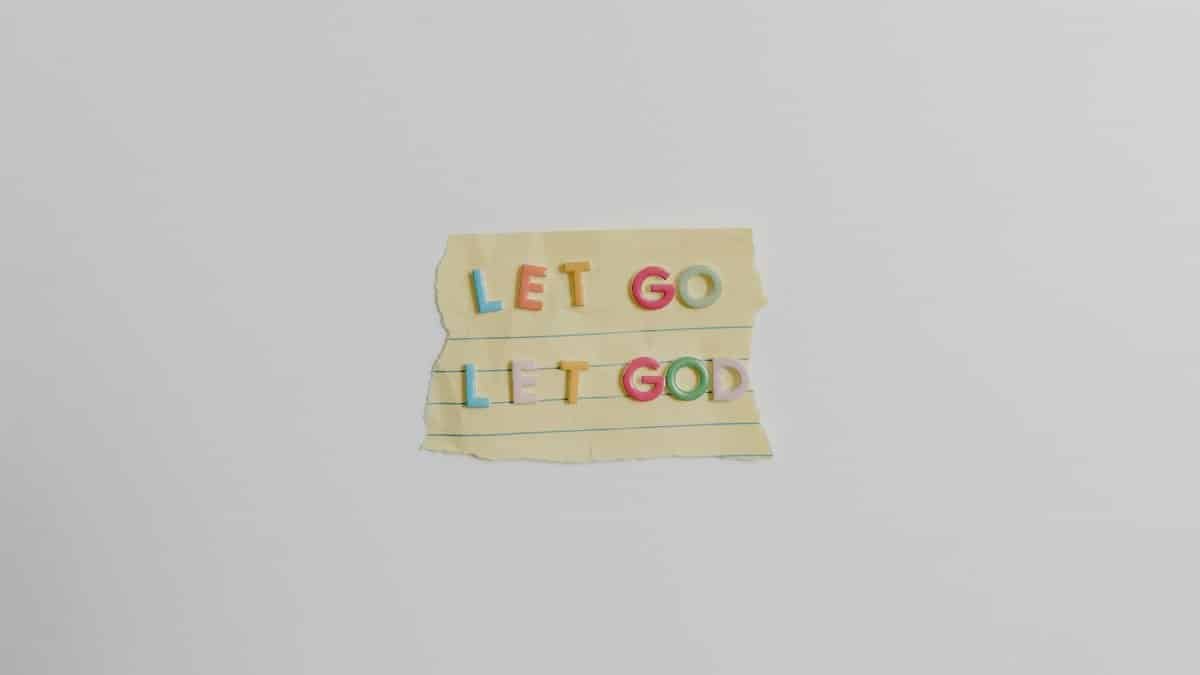Walk down any street in Portland, Oregon, these days, and you might notice a subtle shift. Yoga studios spill over with newcomers, meditation apps are buzzed about in coffee shops, and even local bookstores dedicate entire shelves to mind-body healing. It’s not just a West Coast quirk. Across the U.S., people are turning to practices that bridge the physical and emotional, seeking ways to release stress, trauma, or old patterns without unraveling their sense of self. The appeal is clear: in a world that often demands we push harder, there’s a growing hunger for balance. But letting go—whether of past hurts or ingrained habits—can feel like a tightrope walk. How do you release what weighs you down without losing what defines you? This tension sits at the heart of mind-body healing, a concept that’s reshaping how many Americans approach wellness in 2025.
1. Acknowledge What You’re Holding

Before anything can be released, it must first be seen. Mind-body healing often starts with a quiet inventory of burdens—those nagging regrets, unspoken fears, or even physical tightness in the shoulders that seems to carry the weight of yesterday. Therapists and mindfulness practitioners often describe this as naming the load. One woman, in her late 40s, shared how she sat with a journal for weeks, scribbling down resentments she hadn’t realized still lingered. It wasn’t about dwelling; it was about clarity. Studies from institutions like the American Psychological Association suggest that simply identifying emotions can reduce their intensity, creating space for release.
This step isn’t flashy. There’s no instant relief. But it lays the groundwork, much like clearing a cluttered room before you can truly clean it. The body often holds clues—notice where tension sits when certain memories surface. That’s the starting line.
2. Breathe With Intention

Breath is a bridge between mind and body, a tool so simple it’s often overlooked. Yet, countless traditions, from yoga to somatic therapy, emphasize its power in letting go. Slow, deliberate breathing can calm the nervous system, signaling safety to a body stuck in fight-or-flight. Research from the National Center for Complementary and Integrative Health highlights how such practices reduce cortisol, the stress hormone, over time.
Try this: inhale for four counts, hold for four, exhale for six. Repeat for a minute. It’s not about forcing relaxation but noticing how the body softens. One middle-aged man described it as “finally turning down the volume on my own head.” The breath becomes a release valve, subtle but steady.
3. Move to Release

Sometimes, the body needs to speak. Dance, stretching, or even a brisk walk can shake loose what words can’t reach. Mind-body healing often leans on movement to process emotions stored in muscle memory. A 2021 study published through the National Library of Medicine found that physical activity, paired with mindfulness, significantly lowered anxiety in participants over eight weeks.
Picture a group of adults in a community center, swaying awkwardly at first to a rhythmic beat in a guided movement class. Laughter breaks out, then quiet focus. By the end, one participant whispers, “I didn’t realize how much I was carrying.” Movement doesn’t erase pain, but it can shift how it’s held, making space for something lighter.
4. Visualize the Letting Go

What if you could see the weight lift? Visualization, a staple in mind-body healing, invites the imagination to play a role in release. Therapists often guide clients to picture burdens as objects—a heavy stone dropped into a river, a balloon floating away. It sounds whimsical, but the mind’s imagery can influence physical stress responses. The Mayo Clinic notes that guided imagery can lower blood pressure and ease tension.
This isn’t about pretending problems vanish. It’s a mental rehearsal for release, a way to train the brain to loosen its grip. One person described envisioning their grief as leaves falling from a tree—still there, but no longer suffocating. Over time, the image sticks, and so does the feeling.
5. Write It Out, Then Let It Be

Pen and paper can be a quiet ally. Writing down what you need to release—whether it’s anger, guilt, or a looping worry—can externalize the internal. Some burn the page after, a symbolic act of closure. Others tuck it away. The act itself matters more than the ritual. Research shows expressive writing can improve mental health, reducing symptoms of depression over months.
Consider the story of a retired teacher who wrote letters to past versions of herself, forgiving mistakes she’d long carried. She didn’t send them anywhere. She didn’t need to. The weight shifted. This practice isn’t about perfection in prose; it’s about honesty on the page, a small step toward unburdening.
6. Ground Yourself in the Present

Letting go often means returning to now. When the mind replays old wounds or frets over what’s next, the body tenses in response. Grounding techniques—focusing on the feel of your feet on the floor, the texture of an object in hand—can interrupt that cycle. It’s a core piece of mind-body healing, pulling attention back to the tangible.
One online account shared recently described the relief of pressing bare feet into cool grass during a spiral of overthinking. “It was like hitting reset,” they noted. Such moments don’t solve everything, but they anchor. They remind the nervous system that this moment, right here, is safe enough to release a little more.
7. Seek Support Without Surrendering Self

Letting go doesn’t mean going it alone. Therapists, support groups, or even trusted friends can hold space for release without dictating who you should be. The key is maintaining your core while allowing vulnerability. Mind-body healing often thrives in community, where shared stories normalize the struggle.
Think of a weekly meetup in a small-town library, where strangers swap tales of grief and growth over lukewarm coffee. One attendee admits they feared opening up would mean losing their independence. Instead, they found strength in shared silence. Connection, when chosen carefully, can lighten the load without reshaping your foundation.
8. Reframe Old Narratives

What if the story you tell yourself is the heaviest weight? Mind-body healing often involves rewriting internal scripts—those loops of “I’m not enough” or “I’ll never move past this.” Cognitive behavioral approaches, paired with somatic awareness, encourage noticing how thoughts manifest as physical tension, then gently challenging them.
It’s slow work. A father in his 50s recalled catching himself mid-rumination about a career failure, feeling his jaw clench. He paused, asked, “Is this true today?” The tension eased, just a fraction. Over time, new stories take root, ones that don’t drag the body down with every telling.
9. Honor Your Body’s Signals

The body often knows what the mind resists. A racing heart, a knot in the stomach—these aren’t just annoyances. They’re messages. Tuning in, rather than overriding, is a form of release. It’s saying, “I see you,” to your own system. Practices like body scanning, where attention moves systematically through each part, can reveal where burdens hide.
This isn’t about fixing everything at once. It’s noticing. One person found their chronic back pain flared most when ignoring emotional stress. Acknowledging it didn’t erase the ache, but it lessened the fight against it. The body, when listened to, often points the way to letting go.
10. Practice Small Releases Daily

Grand gestures of letting go make for good stories, but daily micro-releases build the habit. Unclench your fists during a tense call. Delete an old email that stings. Step outside for a moment of air. These tiny acts signal to the mind and body that release is possible, even routine.
A busy parent described setting a reminder to pause every afternoon, just for 30 seconds, to shake out their arms and sigh. It felt silly at first. Then it felt necessary. Smallness is the point—cumulative unburdening doesn’t demand a complete overhaul, just consistency.
11. Embrace Ritual Without Rigidity

Rituals can anchor the act of letting go, whether it’s a morning meditation or a monthly bonfire to burn old worries. The structure offers a container for release. But clinging too tightly to the “right” way can create new stress. Flexibility keeps the practice yours.
One couple started a tradition of writing down frustrations on slips of paper, then shredding them together. Some months, they forgot. Others, they adapted with a quick verbal exchange. The ritual held meaning, not because it was perfect, but because it was theirs.
12. Allow Grief Its Space

Letting go often involves grief, even for things you’re glad to release. A toxic job, a faded dream—saying goodbye can ache. Mind-body healing doesn’t rush this. It invites sitting with the loss, feeling where it lands in the chest or throat, without forcing a quick fix.
A recent widower shared how he let himself cry over old photos, not to wallow, but to honor what was. The tears didn’t erase memories; they made room for new ones. Grief, when given space, becomes less a weight and more a quiet companion.
13. Rebuild Boundaries as You Release

Letting go can leave you feeling exposed. Without old grudges or habits to shield you, what’s left? Strong boundaries become the answer, protecting your core while you shed what no longer serves. This isn’t about walls; it’s about clarity on what you’ll allow near.
After cutting ties with a draining friend, one person felt both free and adrift. They had to redefine who got their time. Slowly, they noticed their body relax in social settings again. Boundaries, built thoughtfully, preserve the self amid release.
14. Celebrate the Space You’ve Made

Release creates room—for joy, for rest, for whatever you choose. Noticing this space, even celebrating it, reinforces the work. It’s not about becoming someone new but rediscovering who’s been there all along. A quiet moment of gratitude can seal the process.
Imagine sitting on a porch after weeks of this work, feeling a little lighter, not perfect, but open. One individual described this as “finally breathing full breaths again.” The journey of letting go, rooted in mind-body healing, isn’t about loss. It’s about finding what remains, and cherishing it.
